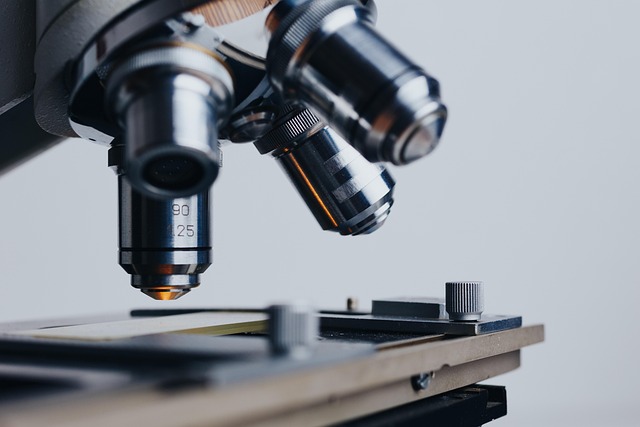
Serum-free Dmem
Understanding Serum-free DMEM
When it comes to cell culture, the medium you choose can make all the difference. One popular option in the scientific community is DMEM, or Dulbecco's Modified Eagle Medium. But what happens when you take the serum out of the equation? Let’s dive into the world of serum-free DMEM and explore its significance in cell growth and research. 🌱
What is DMEM?
DMEM is a nutrient-rich medium that supports the growth of various mammalian cells. It contains a high concentration of amino acids, glucose, and vitamins, which are essential for cell survival and proliferation. However, on its own, DMEM isn't a complete solution. It lacks proteins, lipids, and growth factors that cells need to thrive. This is where serum comes into play, traditionally provided by fetal bovine serum (FBS), which is rich in hormones and nutrients.
The Shift to Serum-free Media
As research progresses, the demand for serum-free culture systems has grown. Scientists are increasingly turning to serum-free DMEM formulations to create a more controlled environment for cell growth. This shift is not just about reducing animal-derived components; it also allows for better reproducibility in experiments and helps to eliminate variability that can arise from serum batch differences.
Benefits of Serum-free DMEM
Using serum-free DMEM comes with a host of advantages:
- Defined Composition: Serum-free DMEM provides a known and consistent nutrient profile, making it easier to study specific cellular responses.
- Reduced Contamination Risk: Eliminating serum reduces the risk of introducing unwanted variables, such as pathogens or other contaminants.
- Ethical Considerations: Using serum-free media aligns with the growing emphasis on ethical research practices, minimizing reliance on animal products.
- Enhanced Cell Performance: Certain cell types may perform better in a serum-free environment, allowing for optimized growth and function.
What’s in Serum-free DMEM?
Serum-free DMEM is typically supplemented with various components to ensure cells receive all the necessary nutrients. This may include:
- Amino acids: Essential for protein synthesis and cellular functions.
- Vitamins: Vital for metabolic processes.
- Growth factors: These are crucial for promoting cell division and differentiation.
- Minerals: Such as zinc and magnesium, which play roles in numerous cellular functions.
Applications of Serum-free DMEM
Serum-free DMEM is particularly useful in various research fields, including:
- Stem Cell Research: It provides a more controlled environment for stem cell maintenance and differentiation.
- Vaccine Development: Researchers can cultivate cells needed for vaccine production without the variability introduced by serum.
- Biopharmaceutical Production: Serum-free media can enhance the yield and quality of therapeutic proteins produced by cultured cells.
Conclusion
Serum-free DMEM represents a significant advancement in cell culture techniques, offering researchers a reliable and ethical way to study cellular behavior. By providing a defined nutrient environment, it opens doors to new discoveries and innovations in science. 🌟 Whether you're in academia or industry, understanding and utilizing serum-free DMEM can elevate your research to new heights.

















 What’s the Deal with Māhū? 🤔
What’s the Deal with Māhū? 🤔 
 Health
Health  Fitness
Fitness  Lifestyle
Lifestyle  Tech
Tech  Travel
Travel  Food
Food  Education
Education  Parenting
Parenting  Career & Work
Career & Work  Hobbies
Hobbies  Wellness
Wellness  Beauty
Beauty  Cars
Cars  Art
Art  Science
Science  Culture
Culture  Books
Books  Music
Music  Movies
Movies  Gaming
Gaming  Sports
Sports  Nature
Nature  Home & Garden
Home & Garden  Business & Finance
Business & Finance  Relationships
Relationships  Pets
Pets  Shopping
Shopping  Mindset & Inspiration
Mindset & Inspiration  Environment
Environment  Gadgets
Gadgets  Politics
Politics 